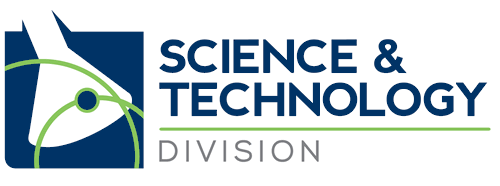- Quality Assurance Checklists and Certification Analysis
These are often straightforward, containing lists of tasks or tests, specifications, and results.
- Regulatory Affairs Dossiers
Predictable and routine, these present a great opportunity to show clients your subject expertise for a different regulatory system (e.g. EMA versus FDA usage).
- Manufacturing Records (pdf)
These are big jobs, sometimes in multiple parts, with complex tables. They contain a record of manufacturing from the first ingredients to the final product (a→z). It can take more time to format some pages than it does to translate them. Examples of templates for this type of document, and many others that she mentioned, can be found on docstoc.com.
- Standard Operating Procedures (SOPs) and Work Instructions
SOPs are on a high level; Work Instructions are smaller. They often involve clunky writing, which can be typical for any technical field.
- Validation and Qualification Procedures
These are standard analyses and tests that all products must undergo as part of good manufacturing practice (GMP). They make for repetitive texts across a range and across clients; requiring little research, they can yield high productivity.
- Sterility and Packaging Procedures
Karen showed an example of vendor-support supplied packaging: this included boxes, printed inner and outer labels, and leaflets. Each support, including new versions, must be validated by the manufacturer, who ensures that enough components are always supplied to be able to deliver the products ordered.
For a manufacturer, this includes packing products, notes for packaging for each unit, and inserts. Translating these may be tricky. The example Karen gave was for sterile packaging of medical devices.
- Promotional Materials
These often involve a mixture of science and oddly written text by marketing people. They may contain claim language; it’s important that we know the allowed terms for the target market.
- Precaution for Use
Warnings and precautions for medical devices and drugs, e.g.
“SINGLE-USE DEVICE INTENDED TO BE USED ONCE FOR A SINGLE PATIENT”
- Nomenclature
There are well publicized rules. When translating into English, it should be easy to find reputable sources; for other languages, find your national chemical association’s rules. Karen explained that there are many ways to name polymers. Be sure to look closely at modifiers and numbers.
- Material Safety Data Sheets (MSDS)
These should not cause problems: you can probably find them on-line in your language, often available to download from a database, for example at the websites of chemical manufacturers, or:
- Anything covered in the EMA QRD templates
These are available to download in 23 languages. Karen suggested we should make a translation memory from these reference documents.
- Theoretical Texts
It’s easy to find similar texts on-line, in textbooks, or even (with discernment) on Wikipedia.
- Branded Equipment
The companies selling the equipment usually have websites; you can find pictures, specifications, performance parameters, and lists of spare parts or you can call the sales team with your questions. Karen said that sales associates are often willing to answer questions on their products.
- Natural Ingredients
In various Pharmacopeia, you can find detailed explanations on natural products. Karen translates monographs in the context of cosmetics; manufacturers and marketers want to show their products’ natural origin.
- Calques
We should avoid commonly used (but incorrect) calques. We see them but we should not use them. For example, a Google search for “active principle” will yield many results in English, but a more correct translation into English would be “active ingredient.” Internet searches will yield many texts written by non-native speakers, including texts where neologisms are coined, such as patents. Terms that sound like calques can be created by innovators, and some terms stick. Translators need discernment to decide when an apparent calque is the term of the art.
- Mistakes made by native speakers
Quantities should take a singular verb; for instance in experimental chemistry, “100 ml of solution is (was) added…” not “are (were) added…”
Another common mistake is that of using the numeral zero instead of the letter O for “oxygen:” Na3PO4, not Na3P04.
Karen recommended using the ACS style guide when working on English chemical texts. In other languages, look for an in-country specification or standards from a standards institution.
- Poorly Written Source Text: Change Histories
Karen gave the example of Change Histories as often being difficult. These are a routine text segment in any document falling under a Quality Control system. These are often snippets of text added incrementally without thought to the broader context, and when the change in question is a removal, there may be no further context elsewhere in the document.
- Jargon and Tech-Speak
Karen gave examples including in-house shorthand, acronyms, and more routine terms (e.g. HPLC). She frequently encounters odd uses for simple words that can be surprisingly tricky to translate: hoses, flasks, or rods/pipes/taps.
Sometimes the only way to determine the correct translation is to ask the client. She gave an example of a list of queries sent to a client, which included pictures. Karen and audience members discussed using a Google image or taking a screen shot and looking for it using reverse search.

